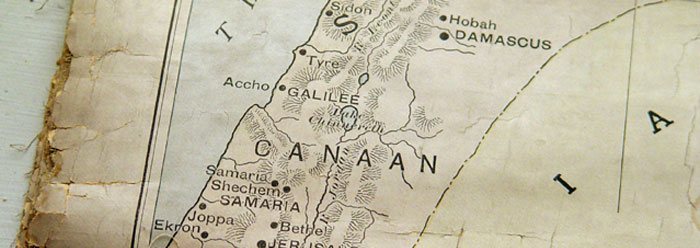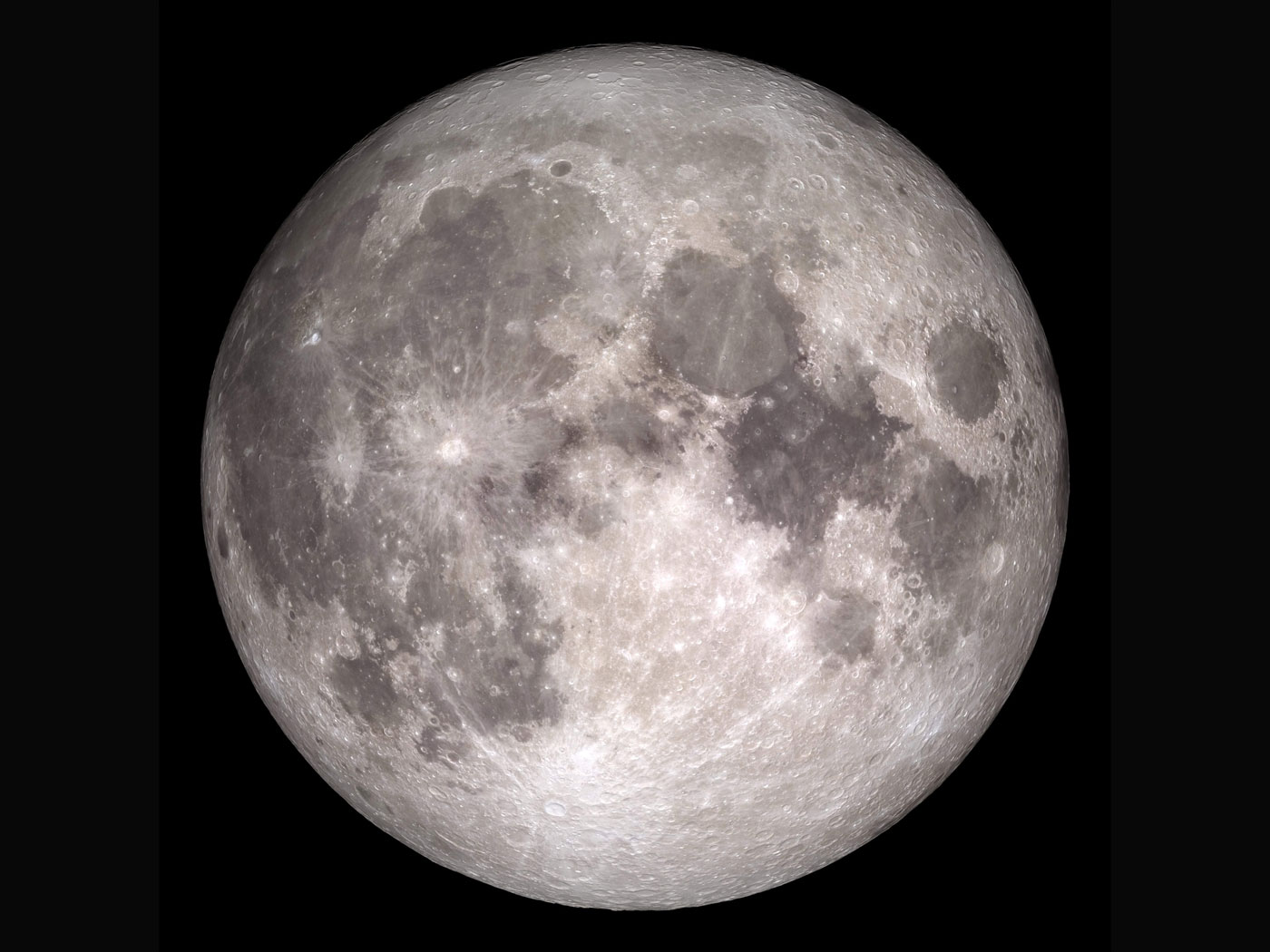Where on earth did humans first speak?
According to a 2011 study published in Science, evidence points to language beginning in Africa, which goes along with the very popular "out of Africa" story of human origins.
Auckland University anthropologist Quentin Atkinson examined the distribution of phonemes, which are fundamental sound units such as consonants and vowels.1 He found that languages farther from Africa used fewer phonemes. For example, the South African Nguni languages use a wider variety of sounds than other languages, including clicks and pops.
But any language is more than a collection of phonemes, since not only are different sounds combined to make specific words, but the words themselves are organized according to a specific grammar.
Some critics say that Atkinson hand-picked the data for his study. In a comment also published in Science, Michael Cysouw and two others expressed "problems with Atkinson's findings," including a procedure that "necessarily 'spreads' any origin across a contiguous geographic region, even in the case of totally random data."2
Cysouw, a quantitative comparative linguistics expert at the Ludwig-Maximilians-Universität in Munich, said that if Atkinson's methods were applied to aspects of language other than phonemes—for example, "the construction of subordinate clauses"—the results would show that the "origin of language [was] in eastern Africa or the Caucasus or somewhere else entirely," according to an LMU news release.3
Atkinson defended his thesis, stating that the criticism "does not undermine" his original conclusions.4
"Linguists have long sought to throw light on the origin of language by analyzing patterns of language distribution," according to LMU.3 But even if researchers go back and forth in this manner forever, they would probably never find the big-picture answers just by focusing on "analyzing patterns." This is because they are ignoring the best information available on the subject: the Bible.
By restricting themselves to empirical surveys interpreted through a framework based on evolutionary history, which suggests that languages naturally evolved from an ape-like source,5 researchers would never discover that languages actually arose suddenly and supernaturally at the dispersion of the human population from Babel about 4,000 years ago.6
References
- Atkinson, Q. D. 2011. Phonemic Diversity Supports a Serial Founder Effect Model of Language Expansion from Africa. Science. 332 (6027): 346-349.
- Cysouw, M., D. Dediu and S. Moran 2012. Comment on "Phonemic Diversity Supports a Serial Founder Effect Model of Language Expansion from Africa." Science. 335 (6069): 657.
- Out of Africa? Data fail to support language origin in Africa. Ludwig-Maximilians Universität news release, February 15, 2012.
- Atkinson, Q. D. 2012. Response to Comments on "Phonemic Diversity Supports a Serial Founder Effect Model of Language Expansion from Africa." Science. 335 (6069): 657.
- Thomas, B. 2010. Human Language: An All or Nothing Proposition. Acts & Facts. 39 (6): 18.
- Genesis 11:1-9. See also Morris, J. 2003. What Happened at the Tower of Babel? Acts & Facts. 32 (10).
* Mr. Thomas is Science Writer at the Institute for Creation Research.
Article posted on March 30, 2012.
























